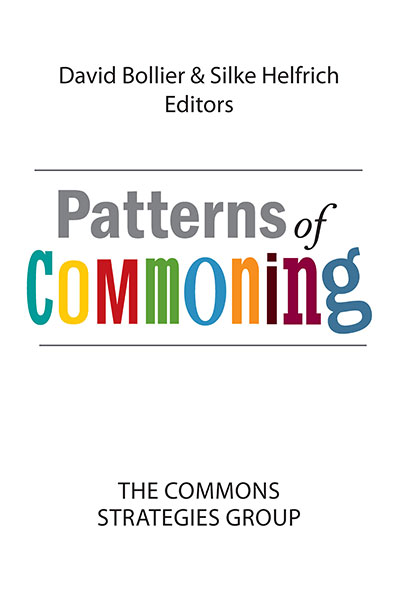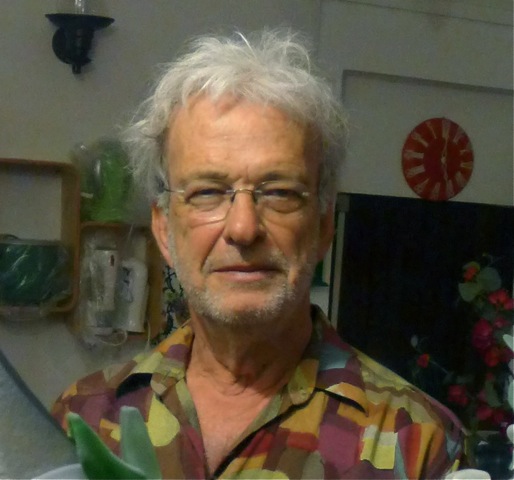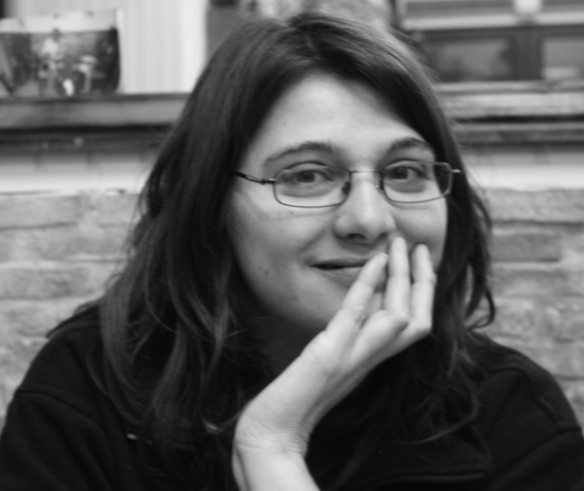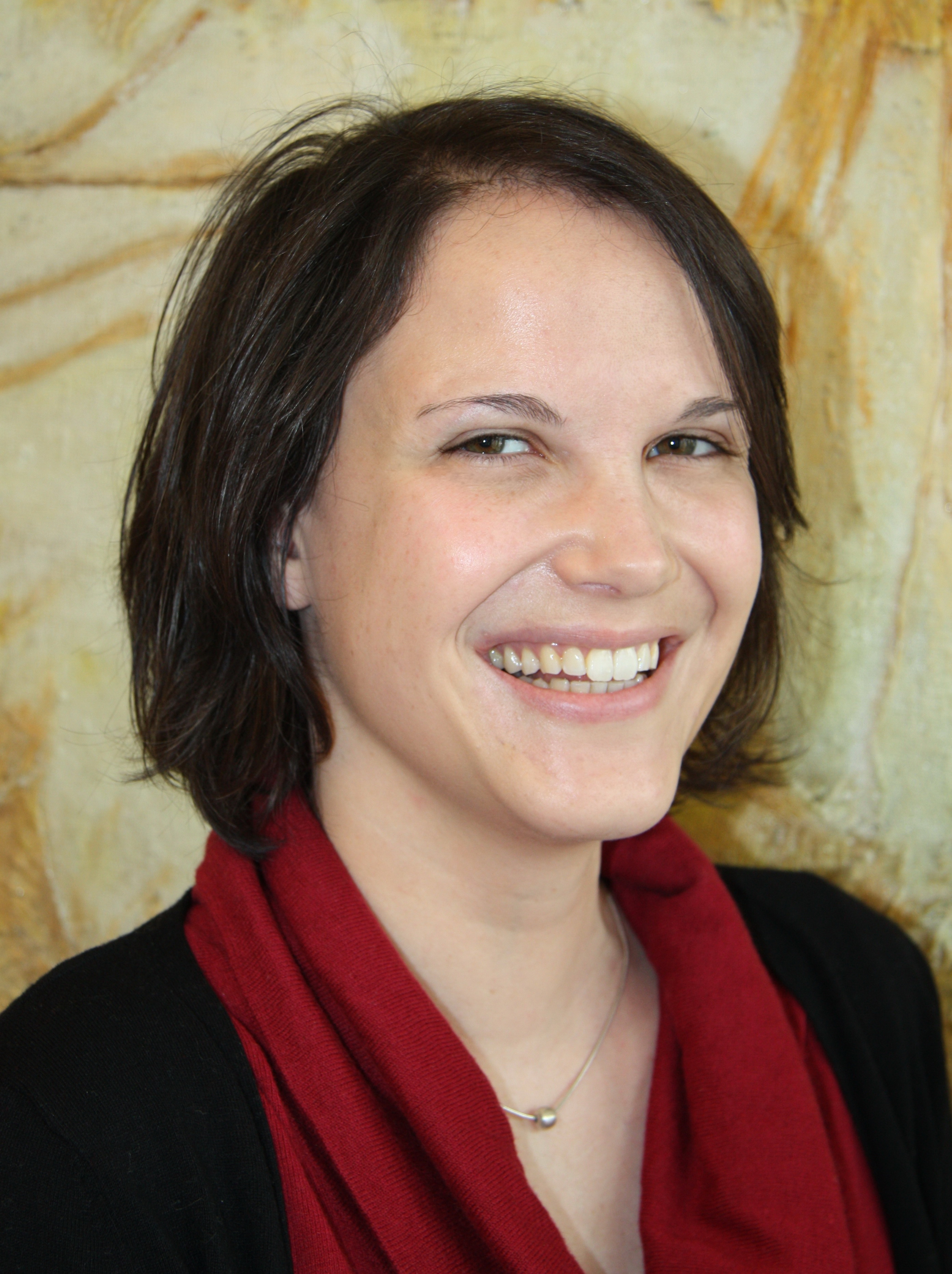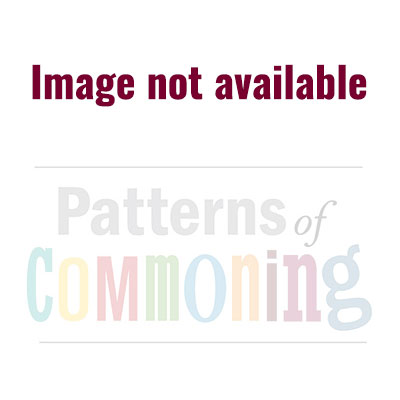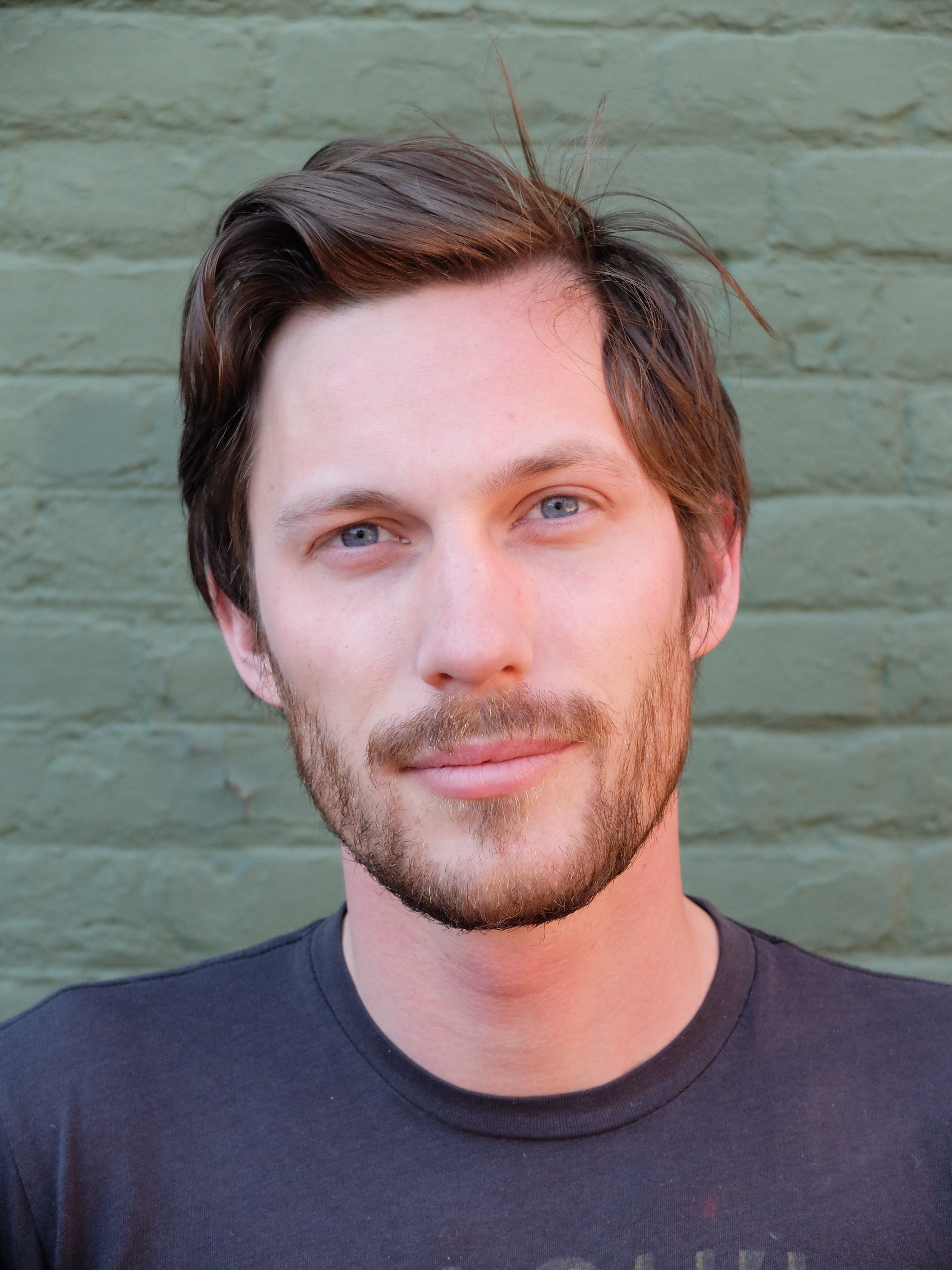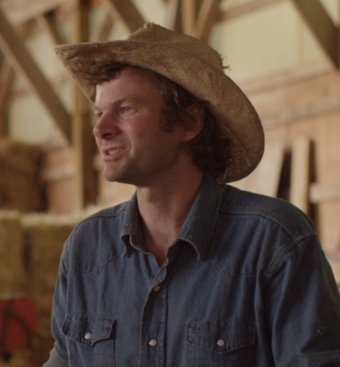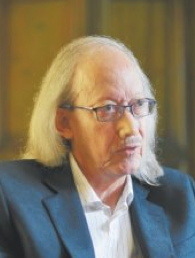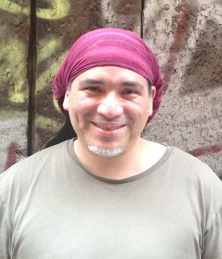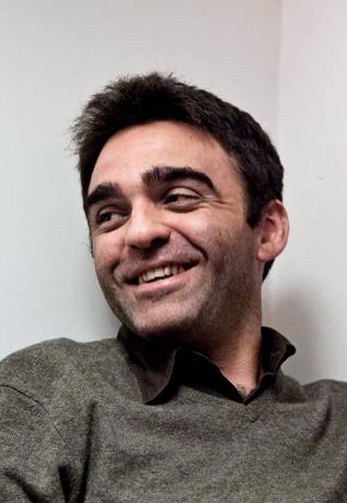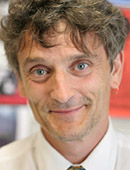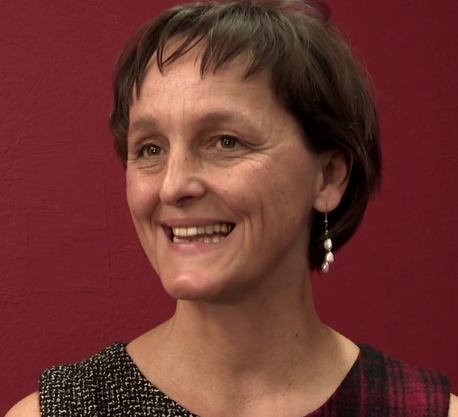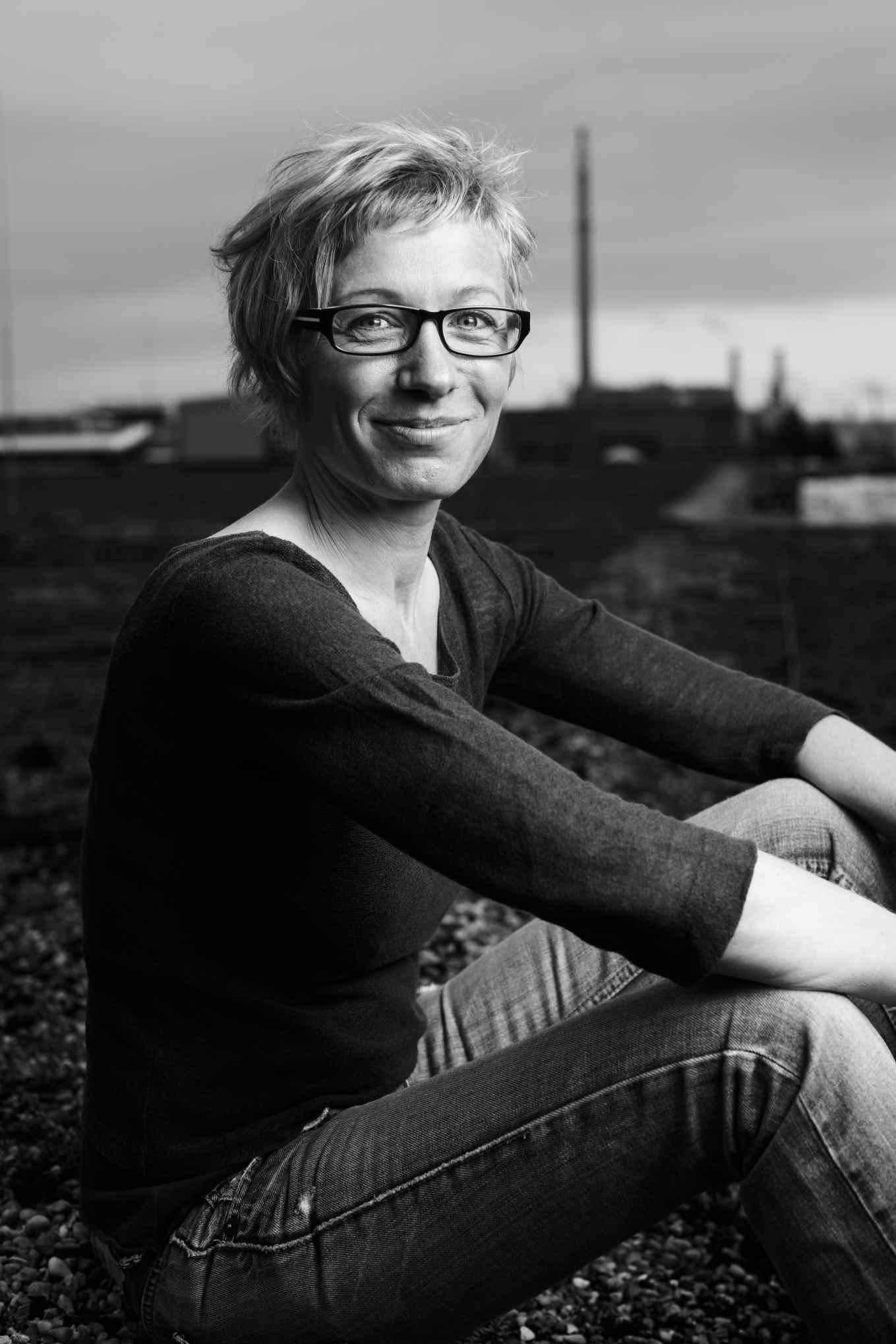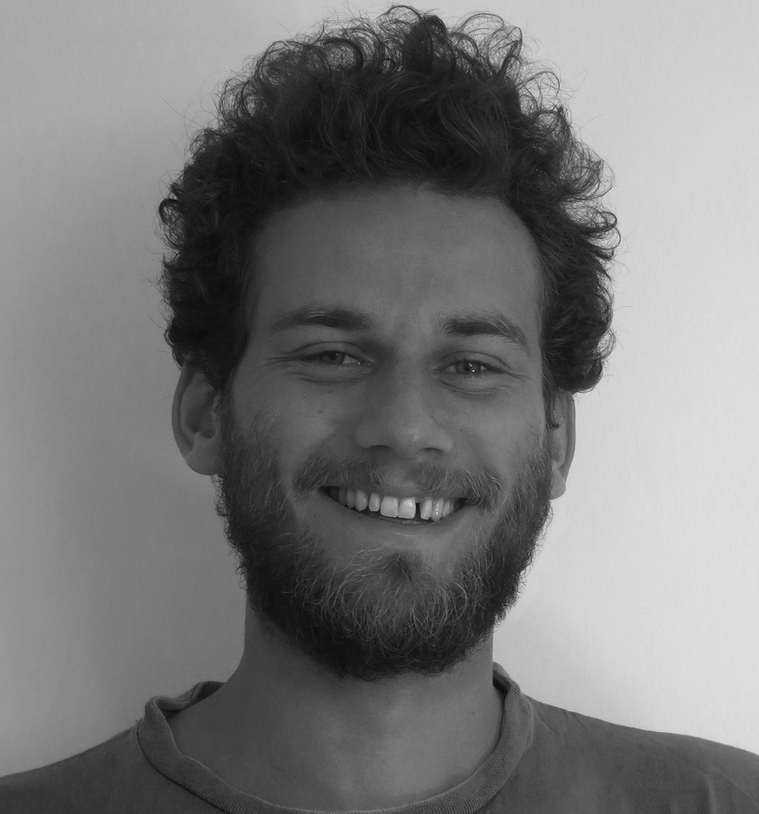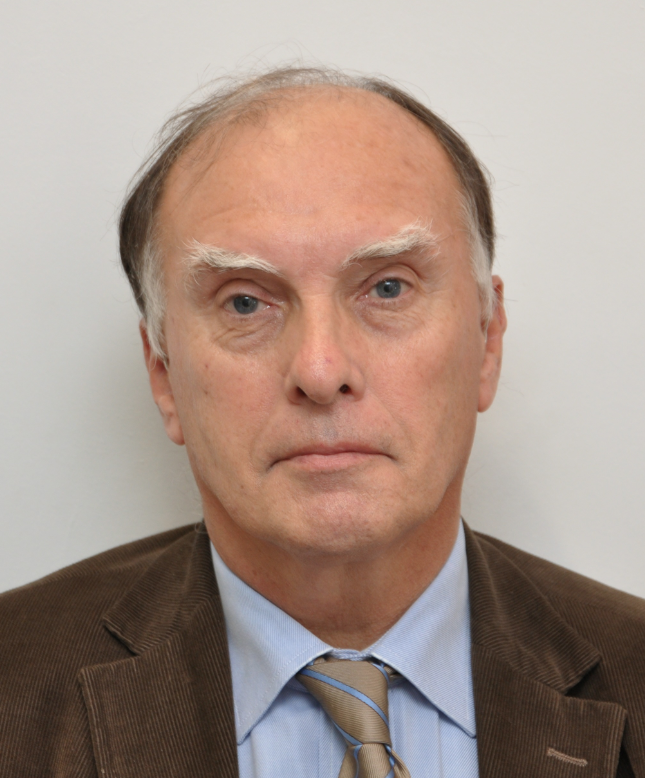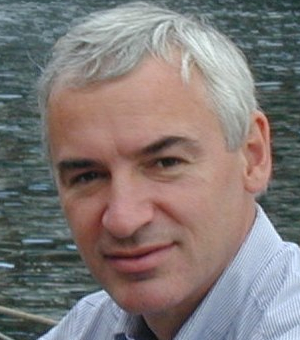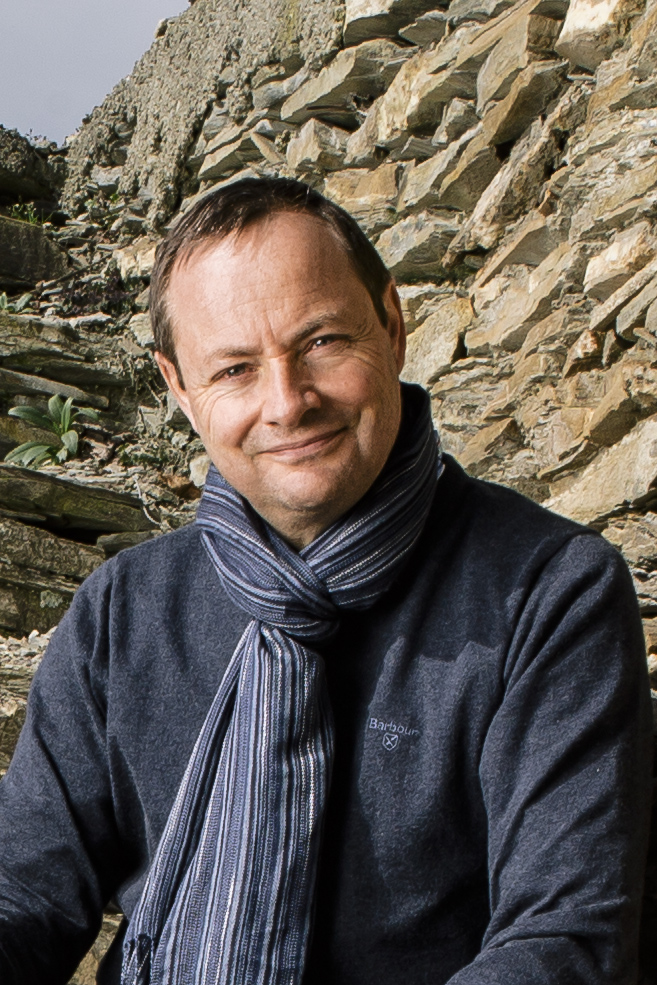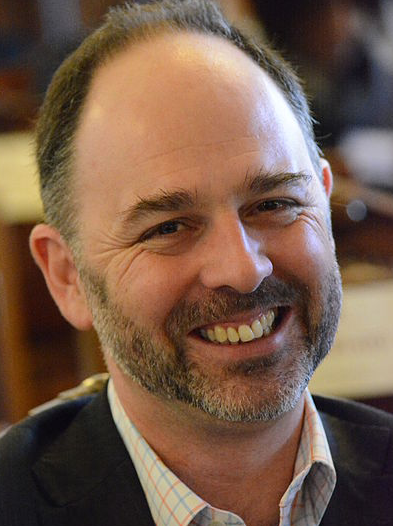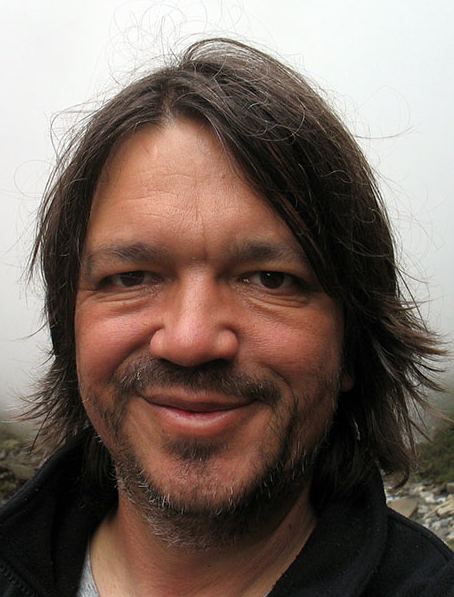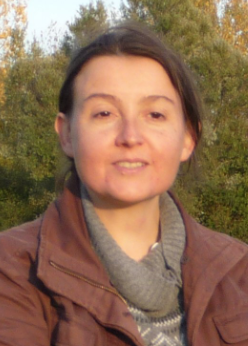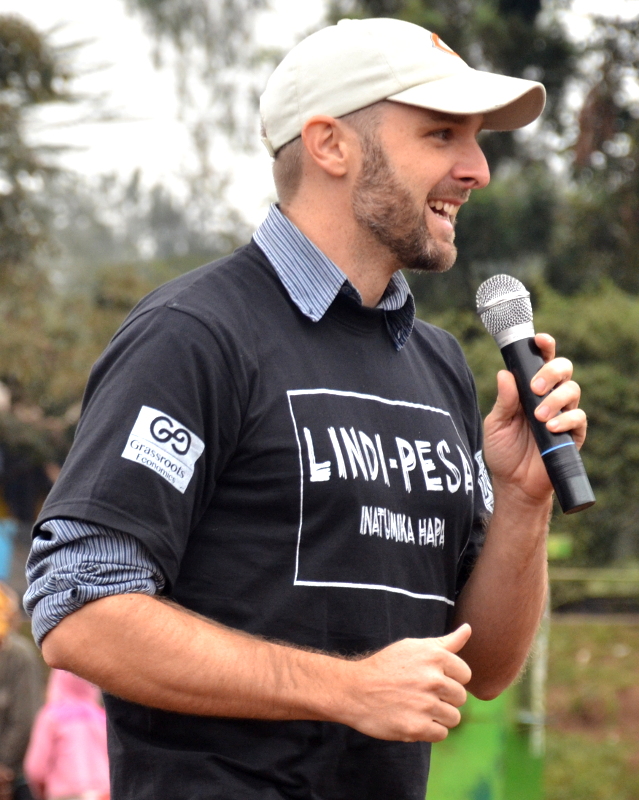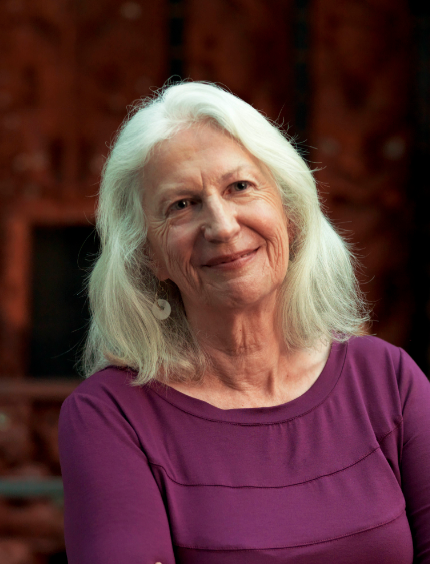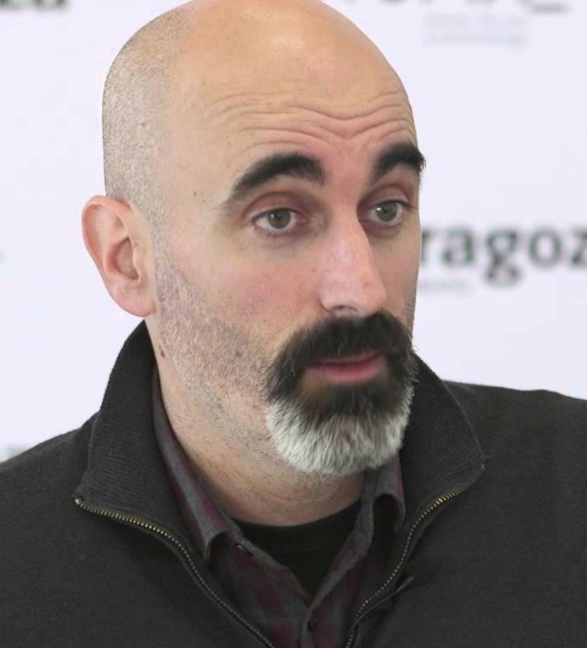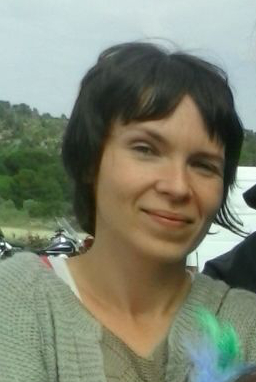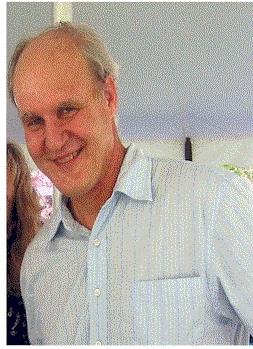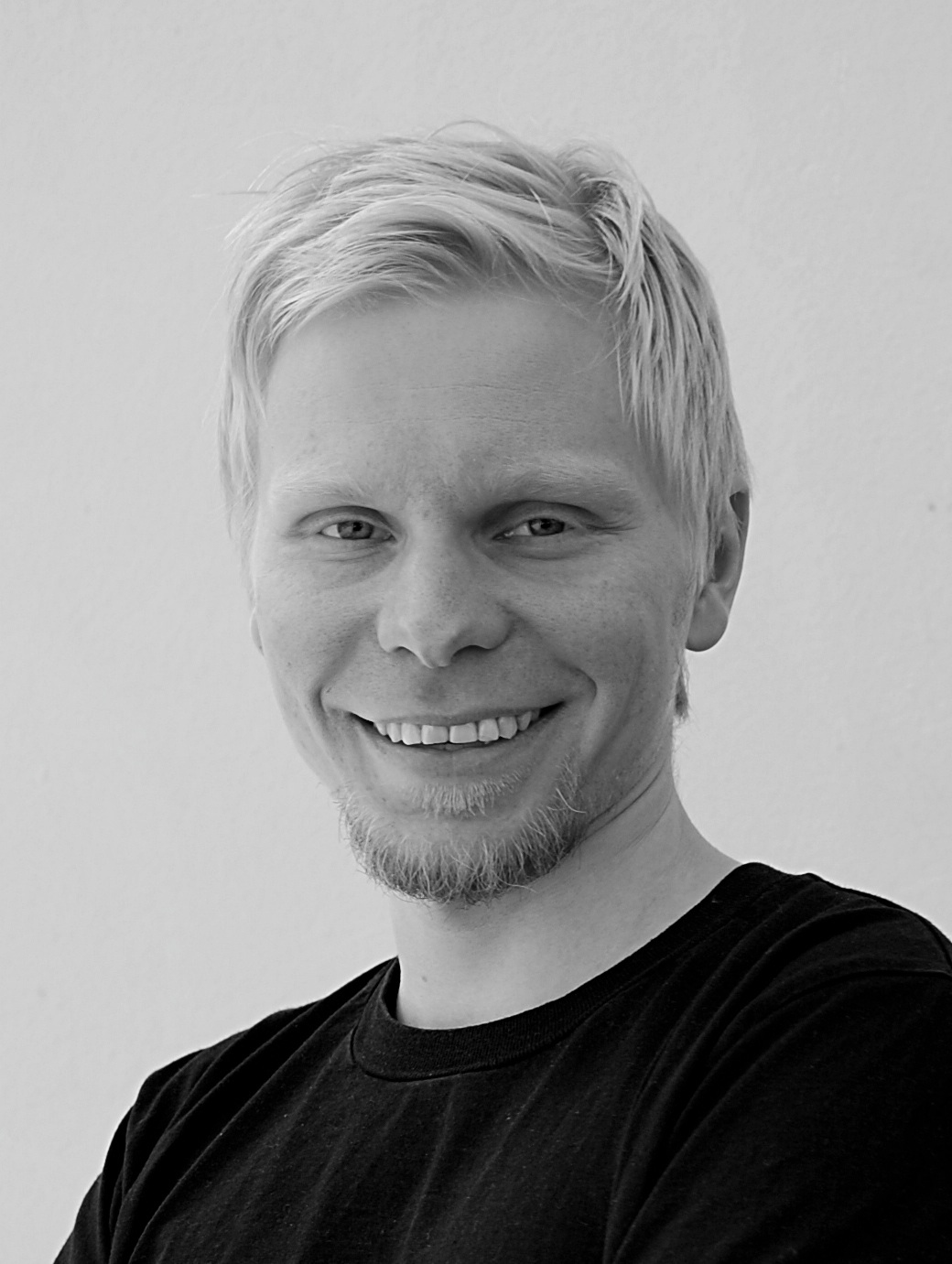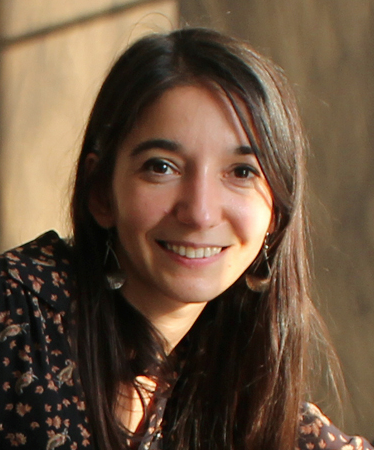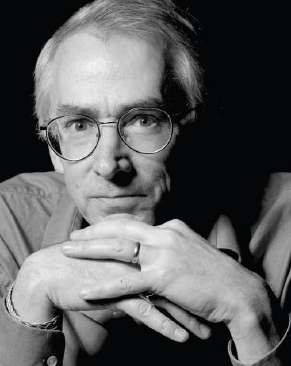Alain Ambrosi (Canada) is a designer and producer of intercultural projects, independent researcher, author, videographer and producer of the Remix The Commons Project.
Patterns of
COMMONING
Working with Patterns: An Introduction
By Helmut Leitner
On August 6, 2000, I happened upon an unadorned website with valuable knowledge and interesting discussions. Every page had an edit button that gave me access as a contributor and coauthor with the same rights as everyone else. That was new and exhilarating, like receiving an unexpected present. I didn’t know that this was the first wiki prototype, a more advanced version of which was to achieve worldwide recognition as Wikipedia a few years later. And I had no idea that in 2001 I would be one of the first German speakers to register and contribute. I found out that this prototype Wiki Wiki Web had been invented so that people could jointly collect and elaborate software patterns and that as the Portland Pattern Repository, it was playing a part in revolutionizing thinking about software development. At the time, I had no way of knowing that I would be involved in organizing the first Wiki conference WIKISYM, that I would later write a book on pattern theory, and that this and many other events would permanently change and influence my thinking – especially about community and society.
The present chapter cannot tell that story, but elaborates important aspects to help people interested in the commons (the participants in the commons movement) to become acquainted with the concept of patterns. Using patterns enables people to communicate common ideas about complex relationships more easily and to seamlessly combine theoretical research with its practical application.
In 1977, architect and unconventional thinker Christopher Alexander published the book A Pattern Language that became a nonfiction bestseller in the English-speaking world (Alexander et al. 1977). The book describes important architectural structures. Although the second volume The Timeless Way of Building forms a whole with the first one, it had a much smaller audience (Alexander 1979). It describes universal design processes. These two books together deal with top-quality design at scales large and small, with the goal of creating living cities, living regions and life-supporting architecture.
The ambition is that all people should feel full of life and be able to live well in freedom. This requires their involvement in the design process and in making decisions about architecture. When developing his theory, Alexander studied architectural history in its entirety, and he demonstrated that this kind of practice was possible in his own projects. His work rejects mainstream architecture, which usually follows the rules of the capitalist construction industry, and step by step, he provides the building blocks and connecting pieces of an alternative program.
Transferring these ideas from architectural structures to other structures in their own cultural and societal environments suggested itself to many readers. This resulted in reform-minded approaches for design and decisionmaking in all kinds of areas: democracy, the education system, organizational design, the health system and personal development. Wherever something is designed or shaped, it seems plausible to apply Alexander’s ways of thinking. In almost every area of society, people have the feeling that a change toward more community-based rationality and participation is needed. In the summer of 2015, as this book went to press, the international conference “PURsuit of Pattern Languages for SOcietal Change” (PURPLSOC) convened scientists of all disciplines for the first time to reflect on patterns for societal change (PURPLSOC 2014).
A professor at the renowned University of California at Berkeley, Alexander spent decades conducting research, working as an architect, and writing a dozen books. In particular his final four-volume magnum opus The Nature of Order (Alexander 2002) should be mentioned here; it integrates the research of biological systems and finds far-reaching parallels between natural and cultural structures and processes.1
At this point in the chapter, which is a translation from the German, the translator and the author would both like to inform readers about an English language problem. Alexander’s research made him understand complex systems – such as cities and works of art and culture – as living systems, as growing and unfolding like biological organisms and biospheres. Both kinds of systems, biological living systems and non-biological complex systems, as well as combinations of those two, follow the same principles.
Having no English word for the quality of such living systems in a general sense, Alexander wrote about a “quality without a name,” which gave his texts a somewhat mystical touch. Other authors abbreviated this to the acronym QWAN. This quality is central because a designer should optimize for it. Alexander tried to define this quality in twenty pages of The Timeless Way of Building, using words like alive, whole, comfortable, free, exact, egoless, eternal, not simply beauty, not only fitness for purpose, and slightly bitter. In later books, he used the word wholeness instead.
Other authors talk about systems being lively, vivid or life-supporting, or refer to their vitality or liveliness. These replacements never work fully: readers have to build a concept in their minds without having a single corresponding word. This is difficult for most people, at least in the beginning. Oddly enough, this problem doesn’t exist in German because it has the adjective lebendig in a non-biological sense that fits Alexander’s concepts exactly. In German, people talk about “einen lebendigen Unterricht” (a lively/ vivid teaching) or “die Lebendigkeit einer Geschichte” (the wholeness/vitality/ power of a story). Therefore, the theory of complex living systems, in the tradition of Christopher Alexander, is much easier to understand, teach, and write about in German. In the following text, such circumscribing words are italicized to support readers in grasping that they point to a common general concept.
But back to the story. In A Pattern Language, Alexander describes fundamental architectural knowledge modules and wisdoms. The book’s 1,171 pages are jam-packed with 253 problem-solving, reusable concepts that he calls patterns. Presented on roughly three to six pages each, these patterns are sometimes called design patterns, especially in the field of software development, and they describe expert knowledge in a form comprehensible to laypeople and students. The descriptions of the patterns follow the same format. Each can be read and understood on its own and can be used like a building block for learning about and designing very different projects and processes. We can select those patterns that are important to us at a particular moment, just as we take individual tools from a toolbox. Alexander enables each of us to take our own path of learning through this body of knowledge, similar to the way we use a cookbook or an encyclopedia. Just as the words in an encyclopedia attain their expressive power only in the fabric of their rule-based relationships and thus become language, so do individual patterns become a pattern language, a device for expressing design ideas, only in the fabric of the other patterns and their functional relationships (Figure 1).
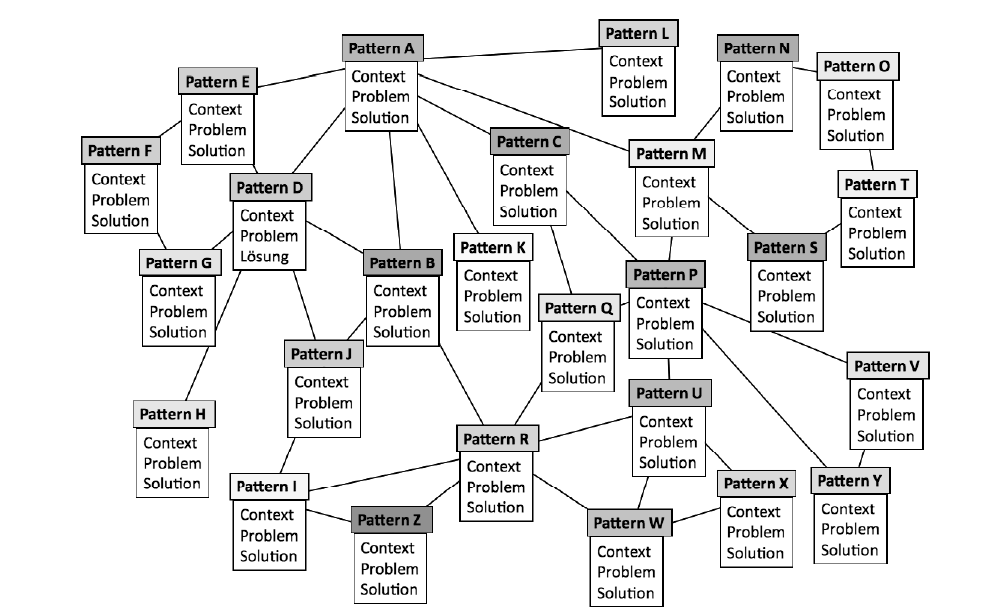
Figure 1: A pattern language as a network.
In practice, most projects are inevitably “works in progress,” so it is easiest to speak of “patterns of X (e.g., X=commoning)” to identify a collection of patterns of continuously improving quality. Over time, the completeness of patterns and the quality of their descriptions will improve until a pattern collection really deserves the label “pattern language.” Then, it amounts to a toolbox equipped with everything required. However, the terms “pattern collection/collection of patterns” and “pattern language” are often used uncritically and practically synonymously.
From Pattern Description to Pattern Language
The descriptions of the individual patterns in a pattern collection follow a certain outline that thus becomes a standard for descriptions to be applied by everyone working on that particular pattern collection. Such outlines are often taken on by other groups of researchers, but are sometimes changed when the original group applies them; a new standard can emerge in this way.
Alexander selected one format for architecture, Kent Beck a different one for software programming, Rob Hopkins a third for transition processes, etc. (Figure 2). Someone who develops a pattern language must outline certain aspects for the description and then stick to the outline selected. If necessary, it is always possible to expand and change it. What is important is that each piece of information has its precise place and that the different aspects are not mixed when deriving statements. This makes it easier for individuals and groups to collaborate, both in a particular field of application and across disciplines and topics.
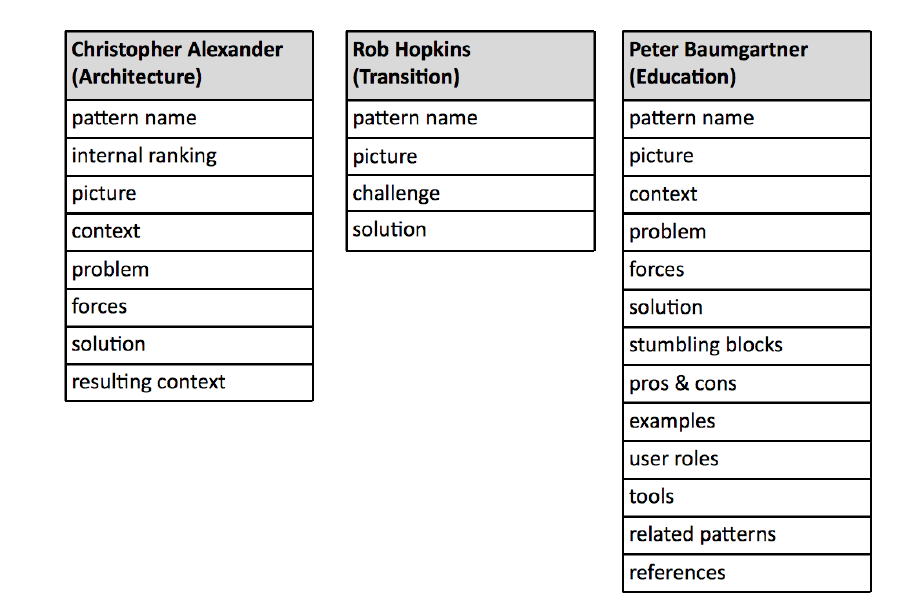
Figure 2: Example outlines for pattern descriptions.
Pattern collections are a foundation for dialogue between everyone involved. Our world can be understood as if it were interwoven by conscious and unconscious patterns, whereby each pattern is linked to other patterns. Changes in our world appear in new patterns emerging or existing ones changing. All design patterns taken together as a whole form humanity’s cultural heritage, which can only belong to all of us together. Pattern descriptions are a form of sharing this heritage with others and making it accessible to all people in their own lives and surroundings. Pattern descriptions are tools for involvement in decisionmaking as well as participation in continually making the world a better place in a common, creative, cooperative and consensual process. However, we have yet to begin doing so rationally and at a larger scale.
Christopher Alexander became very well-known to his readers and followers. He demonstrated both theoretically and practically how people can jointly design parts of the world in a life-supporting way, rejecting profit as the goal of optimization, which is why he is considered a moral authority in the field of architecture. Yet only a few individual architects have been able to liberate themselves from the capitalist rules of the construction industry. The construction industry as a whole remains captive to the strictures of capitalist economic logic and thus on a collision course with the reality of a world that cannot be exploited limitlessly. It exacerbates the problems of our day: environmental devastation, overexploitation of resources, and climate change, to mention just a few. In other words, the desired architectural revolution has not yet taken place, but the approach – to arrive at life-supporting structures by means of participatory design – has in the meantime proven fruitful in many other areas beyond architecture.
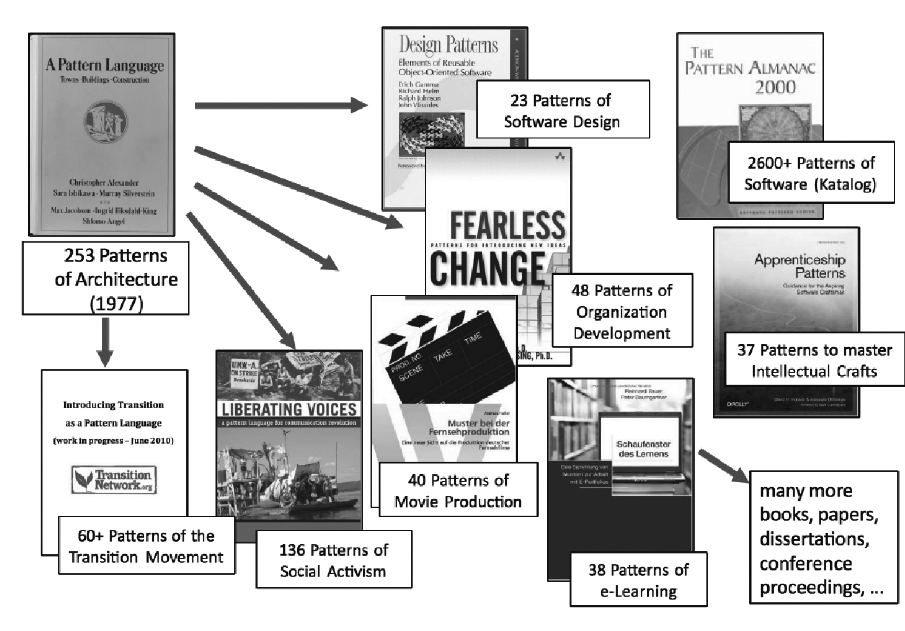
Figure 3: The variety of publications following the influential book, “A Pattern Language.”
From Pattern Research to the Design Process
Hundreds of books about patterns have been published in various disciplines (figure 3). More and more theses and dissertations as well as scientific articles are being published as well. Working with patterns in software development is being taught at some universities and has become mainstream. One indicator of the significance of thinking in patterns is Wikipedia, which would not exist without Christopher Alexander and his theory of patterns, as sketched out in the introduction above.
The path to patterns consists in starting with practical experience and using it as the basis for elaborating useful experiential knowledge in a joint process, and reflecting on it, refining it, and deepening it with reference to theory. Once the patterns exist as a collection of texts and data, also called a repository, they can be worked through and prepared for practical work in different ways (Figure 4).
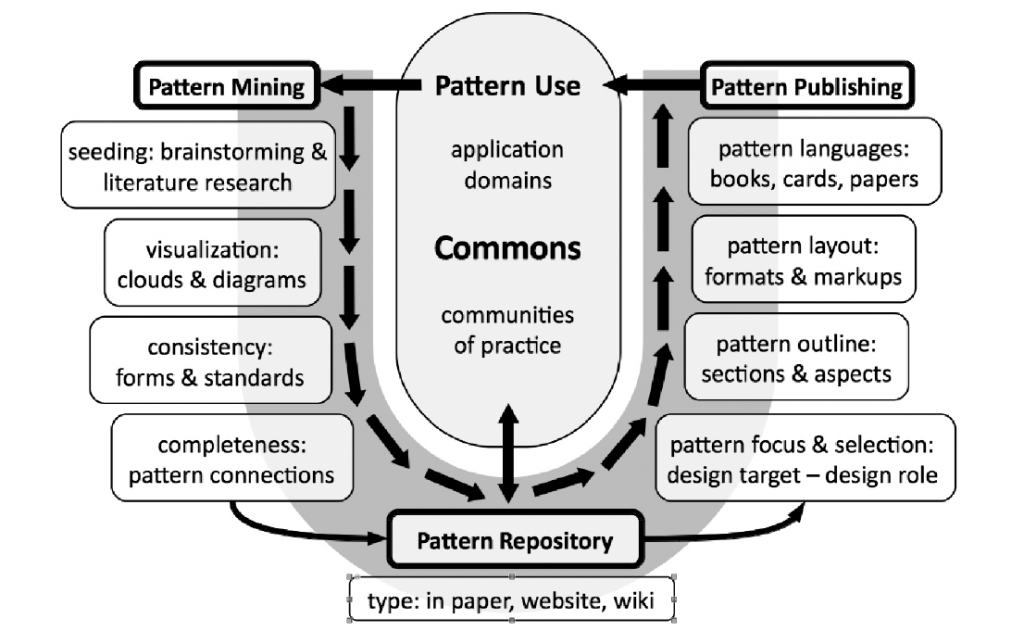
Figure 4: U-shape workflow model for researching and publishing patterns, pattern collections and pattern languages.
The end result is not necessarily a book. Lighter-weight forms may also be appropriate for making pattern knowledge more widely known and helping it take effect: brochures, websites or stacks of seminar cards. The latter are popular for workshops in particular because they can be used flexibly to help people talk about experiences, ideas and concepts, and put what they’ve learned into practice. Figure 5 shows a group of students at Keio University in Tokyo elaborating “patterns of presentation” during class (Iba 2012).
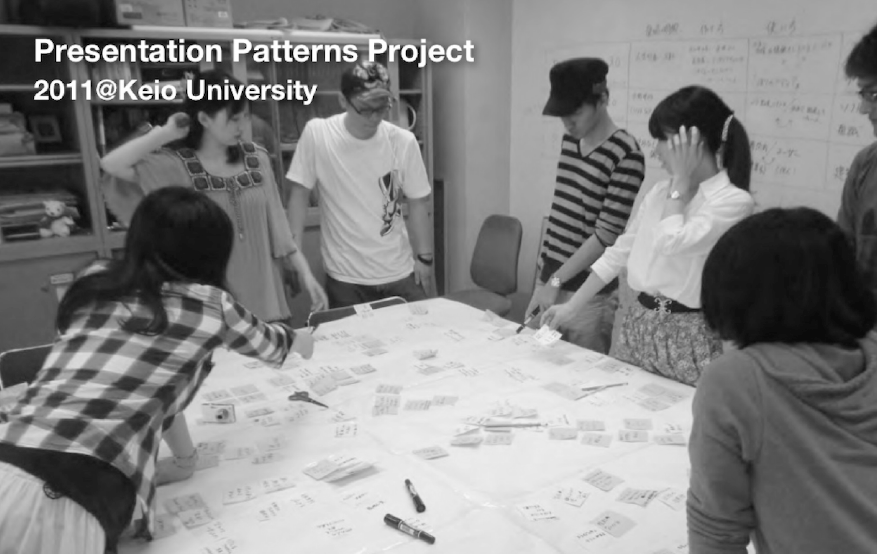
Figure 5: A group of students developing patterns. Photo courtesy of Takashi Iba.
Patterns are just one side of Alexander’s approach, albeit the one that is perceived and discussed most intensively. In addition, Alexander provided a circular model (Alexander 1979) of an ideal-typical creative process which can be imagined as forming the basis of every instance of design (see Figure 6).
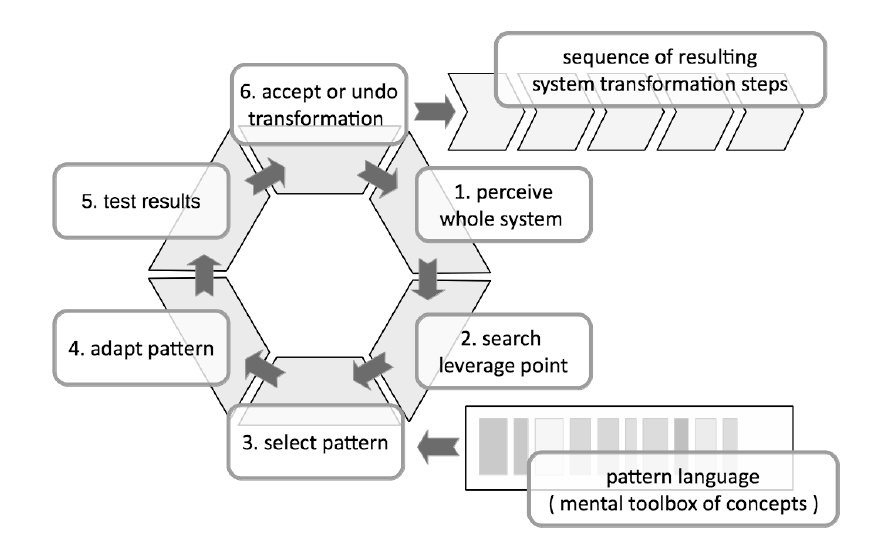
Figure 6: An ideal-typical model of the creative cycle.
It is comprised of six sectors. In sector 1, the system is perceived holistically; in sector 2, a point for approaching the next developmental step is sought out; in sector 3, a pattern from the relevant pattern language is selected, which in sector 4 is adapted to the concrete problem situation at hand; in sector 5, the newly developed system situation is tested for success or failure; and finally, in sector G, the transformation – the result – is either accepted or undone. Then, the creative cycle begins again.
Alexander’s Ethics – An Ethics of Design
This creative circle, as an ideal-typical model, must be powered by ethical principles to work and bear fruit for everyone (Figure 7). Otherwise it is just a value-free and value-less mechanism that can be misused like any other tool.
A first requirement: Successful design requires holistic perception of the system at hand and its potentials. This can succeed only if one gets involved in the specific features of the situation on the ground as well as the people affected and their needs; and what is more: the people affected should best be involved in the design process as well. Thus, Alexander was an early representative of participatory building and design. However, he did not advocate it as a moralist; his reason for doing so was an empirical insight on the part of designers: optimal design is possible only by means of participation. Our states, democracies, communities, schools, universities, organizations, etc., are sustainable only to the extent to which they make this idea a reality – by opening up to people, their commitment and their creativity. This theoretically founded openness is the reason why open source, open knowledge, and open everything are successful. One reason for the success of the open project Wikipedia was the intentional application of Alexander’s principles of stepwise improvement and openness for participation. The closed project that had preceded Wikipedia, Nupedia, with its concept based on articles written by experts, had previously been a hopeless failure.
Second, as mentioned above, patterns are our common cultural heritage. Each and every person draws upon this age-old source, whether or not he/she is aware of it. Whether patterns are used explicitly or implicitly is irrelevant. By imparting competence in the use of patterns, the explicit descriptions of patterns and pattern languages simply enable people to enhance their self-organization and creativity.
Third, the evaluation of a system-changing transformation in step 5 is oriented toward the vitality of the system. Vitality is the value upon which the search for system improvements, the selection and adaptation of patterns, and the final decisions about all transformations, is founded. Understood properly, this concept of vitality includes concepts such as sustainability, support of life and resilience, and rounds them out.
Fourth, this design theory results in priority for humans and for life in its totality over efficiency and profit maximization. This permits the formulation of a creative imperative: “Always design and act in a way that people and life have priority over individual interests and profit.” In short: “Design for people, not for profit.”
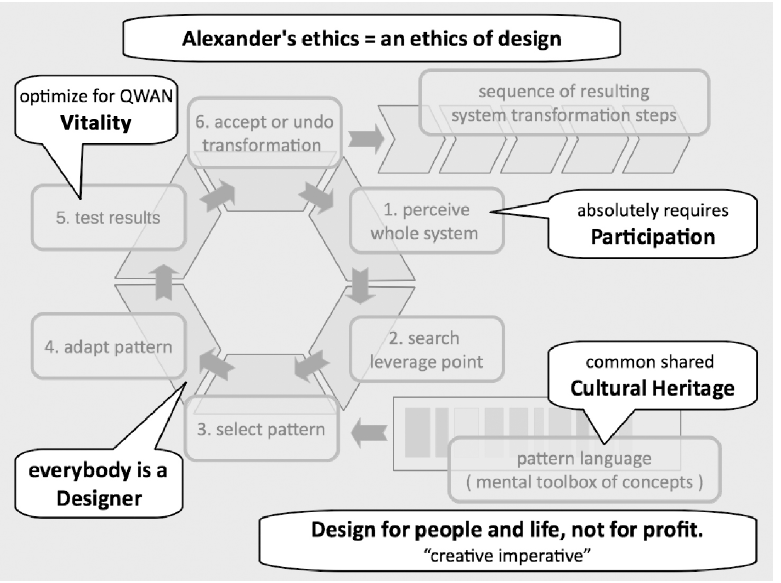
Figure 7: Ethical aspects of the creative cycle.
Alexander systematically opened up the creative realm to all people; he urged for everyone affected to be informed and emancipated so that they can participate in designing the world. The message: “Everyone is a designer.”
Paradigmatic Overview
I will stop here and do a visual summary of what has been shown so far. Pattern research can be far more than formulating patterns for solving problems and the corresponding pattern languages. The following pyramid (Figure 8) illustrates the fields of application.
Each level builds upon the level below, but does not necessarily require progressing to the next-higher level. For example, software developers are currently happy with level 2, while in pedagogy, for example, the ethical topics of level 4 are of particular interest. Each field of application has its own characteristics in addition to the common features.

Figure 8: A four-level pyramid model of pattern research.
Patterns and the Commons Movement
In the future, the commons movement will be faced with a development that must be connected to further mobilization and dissemination of the knowledge that is alive within the movement and its actors. The situation seems complex, especially because of the diversity of historical and current manifestations of commons projects in all cultures. It is a challenge to identify fundamental concepts – ideal-typical models for all commons projects – in all this diversity. As if that were not already complicated enough, there is the additional task of conceiving of important problems of contemporary life – e.g., climate protection – as commons projects and arriving at solutions by this route.
The situation is complicated, yes, but the necessary concepts and methods are available. Work is in progress to connect the theory of patterns and the practice of the commons. Another two important parts of Alexanders’s theory help us to understand in even more detail the properties of living structures and the principles of living processes. In the following essay, Silke Helfrich will apply the principles from this introduction to patterns and show their relevance for the commons movement.
“What is the most powerful force in the world?
A big pattern-change idea.”
– Bill Drayton, founder of Ashoka
References
Alexander, Christopher, Ishikawa, S., Silverstein, M. 1977. A Pattern Language:
Towns, Buildings, Construction. New York: Oxford University Press. Alexander, Christopher. 1979. The Timeless Way of Building, New York: Oxford University Press.
——— . 2002. The Nature of Order: An Essay on the Art of Building and the Nature of the Universe, 4 Volumes. Berkeley, California: The Center for Environmental Structure.
Iba, Takashi. 2012. “Pattern Language 3.0: Writing Pattern Languages for Human Actions.” https://de.slideshare.net/takashiiba/plop2012.
Leitner, Helmut. 2007. Mustertheorie – Einflihrung und Perspektiven auf den Spuren von Christopher Alexander, Graz, Austria: Nausner & Nausner Verlag.
Leitner, H. 2015. Pattern Theory: Introduction and Perspectives on the Tracks of Christopher Alexander. Graz, Austria: Helmut Leitner. Printed by CreateSpace.
PURPLSOC. 2014. Conference PURPLSOC, July 3-5, 2015, Krems, Austria, https://purplsoc.org.
Schuler, Douglas. 2008. Liberating Voices: A Pattern Language for Communication Revolution. Cambridge, Massachusetts, and London: MIT Press.
Helmut Leitner (Austria) is a natural scientist and graduate in chemistry from the Technical University in Graz, Austria. He works as an independent software developer, systems analyst and consultant. In 2000, as a pioneering user of wiki systems, he started to research online communities, the precursors of social media, using approaches based on patterns. His recent work focuses on the dissemination of the pattern approach and on supporting the growth of the pattern research community.
